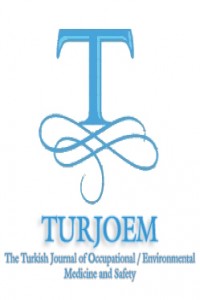Abstract
Nowadays, the
unaesthetic look of dyes and their toxicological effects have drawn
considerable attention toward the contamination caused by industrial effluents.
The disposal of dye effluents has always been a major problem to solve and in
the past many methods dealing with color removal in textile effluents have been
tested. Various methods for removal of toxic dyes from wastewaters have been
reported in the literature.
Chitosan is well
established as an excellent natural adsorbent because its amine (–NH2) and
hydroxyl (–OH) groups may serve as coordination sites to form complexes with
various effluent. In recent years, a great number of studies on chitosan
biosorbents for dye removal have demonstrated.
In this study,
cross linked chitosan beads were used to remove dyes from aqueous solution in
batch adsorption system. Erythrosine was selected as a model dye. Morphology of
the chitosan beads were discussed using SEM FTIR and TGA analysis. Several
important parameters influencing the adsorption of Erythrosine such as contact
time, pH, temperature, and dye concentration were investigated systematically
by batch experiments. Optimum contact time for equilibrium to be achieved is
found to be 3 hours. Maximum adsorption capacity of dye was observed at pH 3.5
and 30°C and calculated as 35.83 mg/g. The obtained results showed that the
equilibrium adsorption behavior of Erythrosine on chitosan beads can be applied
to the Langmuir model. Thermodynamic parameters, change in free energy,
enthalpy and entropy were also evaluated, indicating that the adsorption of
Erythrosine was spontaneous and endothermic in nature.
References
- Seda ÇINAR, Tülin AYDEMIR, Ahmet ESER, Ayşe DINÇER
- Celal Bayar University, Faculty of Science and Arts, Chemistry Department 45140 MANISA
Abstract
References
- Seda ÇINAR, Tülin AYDEMIR, Ahmet ESER, Ayşe DINÇER
- Celal Bayar University, Faculty of Science and Arts, Chemistry Department 45140 MANISA
Details
| Journal Section | Articles |
|---|---|
| Authors | |
| Publication Date | February 16, 2017 |
| Published in Issue | Year 2017 Volume: Volume 2 Issue: İssue 1 (1) - 2.İnternational Congress Of Forensic Toxicology |

